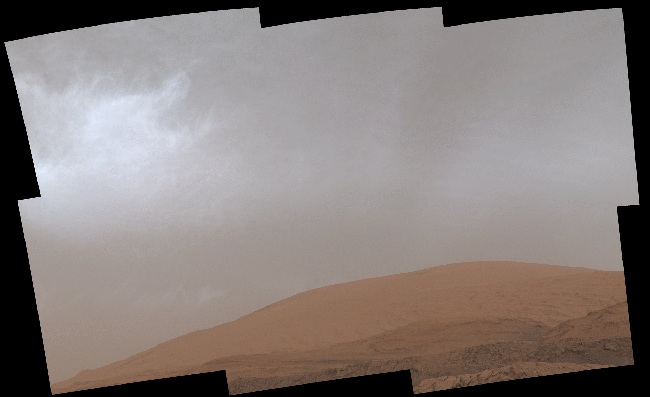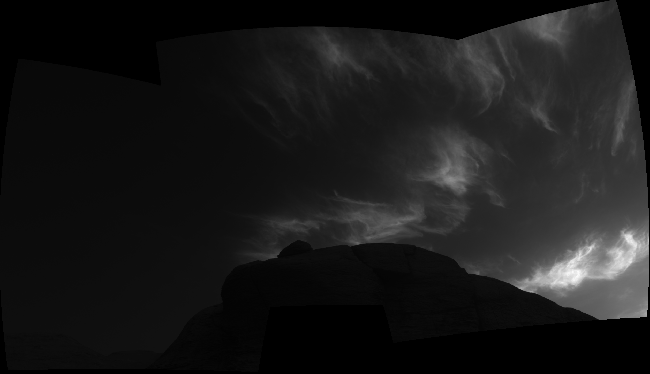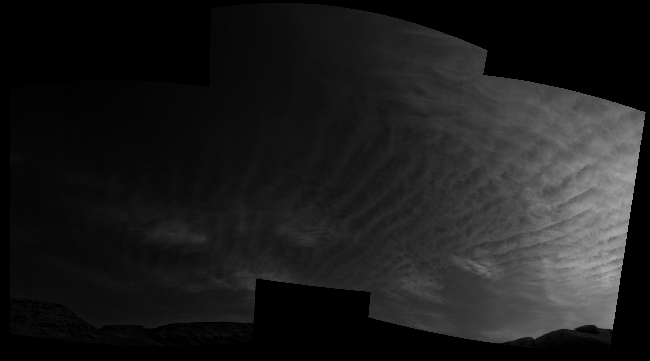
NASA/JPL-Caltech/MSSS
- NASA’s mission to Mars is well underway.
- New images from the planet are incredible, extremely important.
- Click HERE for more space news!
In case you are unfamiliar with the most recent mission to Mars, NASA landed the Perseverance rover on the Red Planet at the beginning of the year. The expansive effort is seen as the first step toward a larger goal of determining whether life is sustainable on the Martian surface.
It took six months for the rover to reach its destination and it will remain for at least one Mars year, about 687 Earth days. In addition to the Perseverance, the Curiosity rover is also on the planet.
Curiosity’s discoveries.
The Curiosity landed on Mars’ Gale Crater in 2012. In its first two years there, it confirmed that the crater was once a lake filled with chemical ingredients for life. Now it is on a new mission to climb the 3-mile-high mountain at the crater’s center.
Each era of Mars’ long history made a mark on the mountain. Sediment, clay and sand that has settled along the crater all tells a story. In the layers, the Curiosity has discovered signs that Mars’ lakes once dried up, returned again and then disappeared completely. It also found mysterious spikes in the planet’s methane levels, measured gravitational fields and discovered evidence of small, salty ponds.
Incredible scenes.
As the Curiosity began its long, slow climb to the top, it recently photographed some remarkable scenes. Mars is not a particularly colorful place. The land is red and dusty. The sky follows suit.
However, that changed momentarily earlier this year. The rover sent several photos of rare iridescent clouds to NASA in March and they were published last week. Images show “mother of pearl” clouds drifting across the grey Martian skies.
https://twitter.com/NASAUpdatess/status/1400803856628473856?s=20

NASA/JPL-Caltech/MSSS
It looks like something straight out of Zion national park, or the deserts of Arizona. Or Tasmania!
Weather in Hobart #Tas looks similar to Mars eh?
📷 NASA/JPL-Caltech/MSSS pic.twitter.com/jHL3lNF7Aj— Bureau of Meteorology, Tasmania (@BOM_Tas) May 31, 2021
This is a big deal for two reasons:
- Clouds are rare on Mars. The air has just 1% the density of Earth’s atmosphere and there isn’t much water.
- Similar clouds unexpectedly appeared two Earth years ago and the rover was not prepared. This time it was ready, and it led to some new discoveries.
Takeaways.
Curiosity’s cameras captured the clouds as they appear to shimmer. They are filled with ice crystals that scatter the sunlight and have helped NASA better understand Martian cloud formation— in addition to making incredible photos.

NASA/JPL-Caltech/MSSS
The shimmering ice crystals give an idea of just how high in the sky the clouds were. Because these early-arrival clouds contained the crystals, they were likely drifting at higher altitudes than normal Martian clouds.

NASA/JPL-Caltech/MSSS

NASA/JPL-Caltech/MSSS
NASA says that most Martian clouds hover no more than about 37 miles high and are composed of water and ice. These clouds are different.
“The clouds Curiosity has imaged are at a higher altitude, where it’s very cold, indicating that they are likely made of frozen carbon dioxide, or dry ice,” NASA said in a statement.
These images provide a better look at the amount of water on Mars and how it resides. One step closer toward living on the Red Planet.